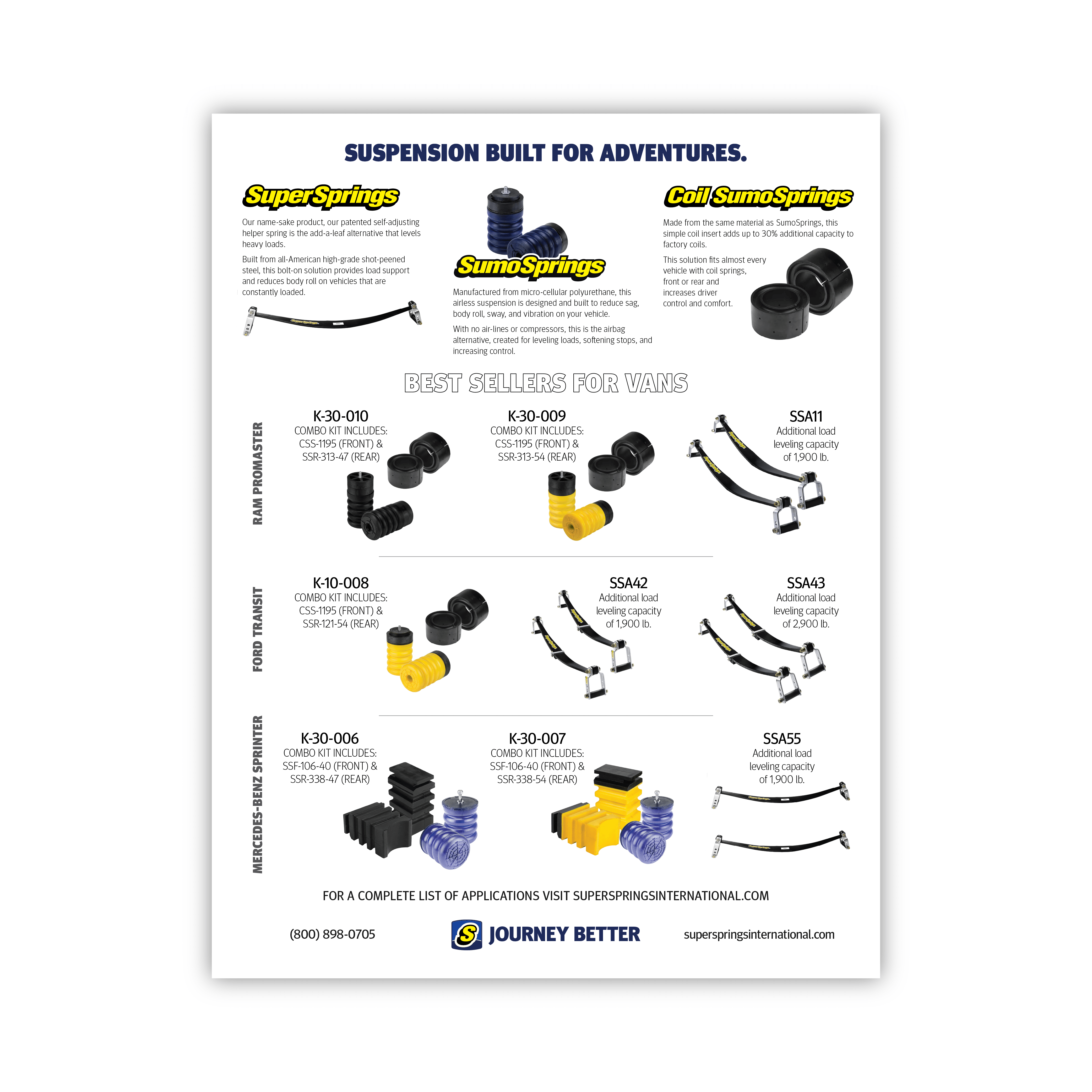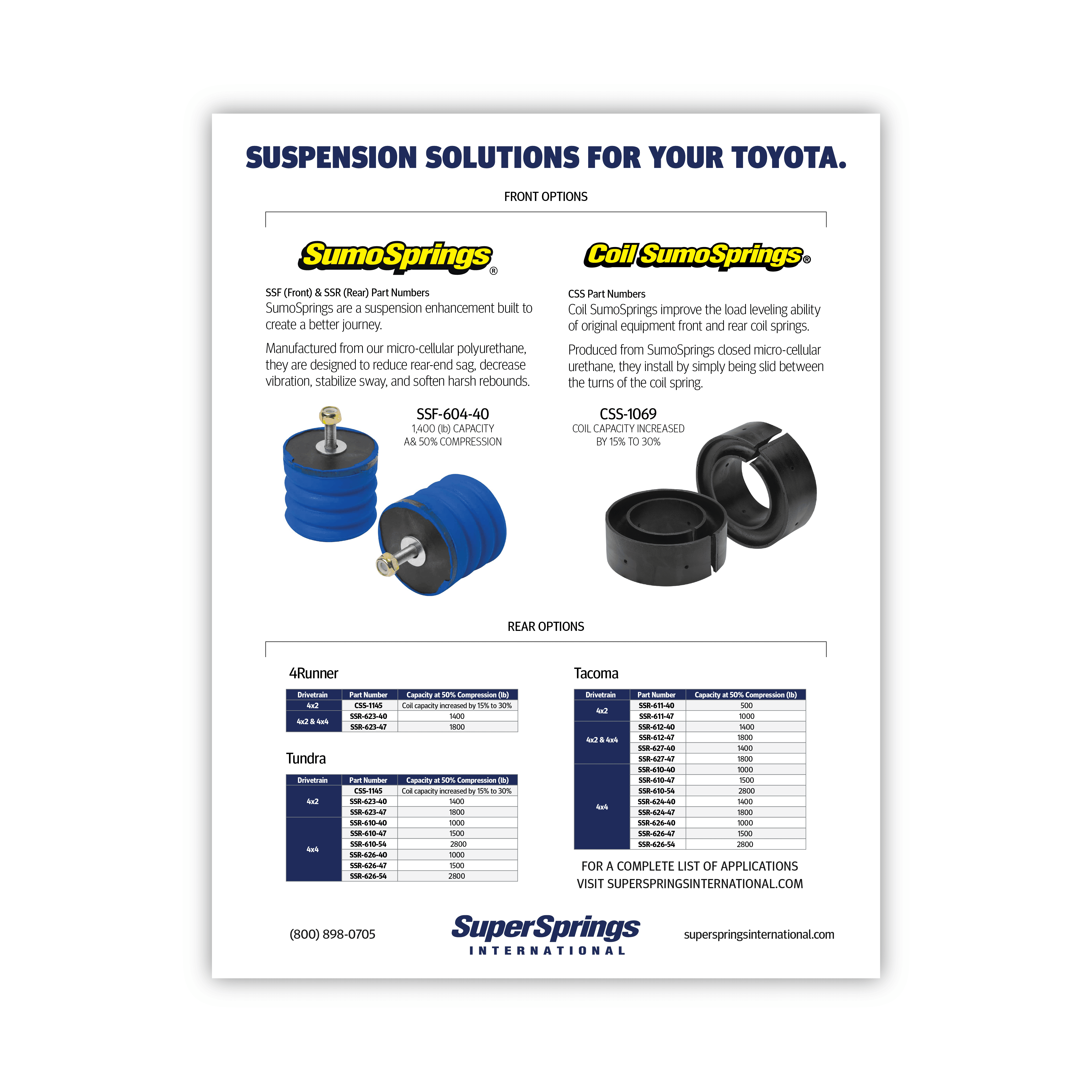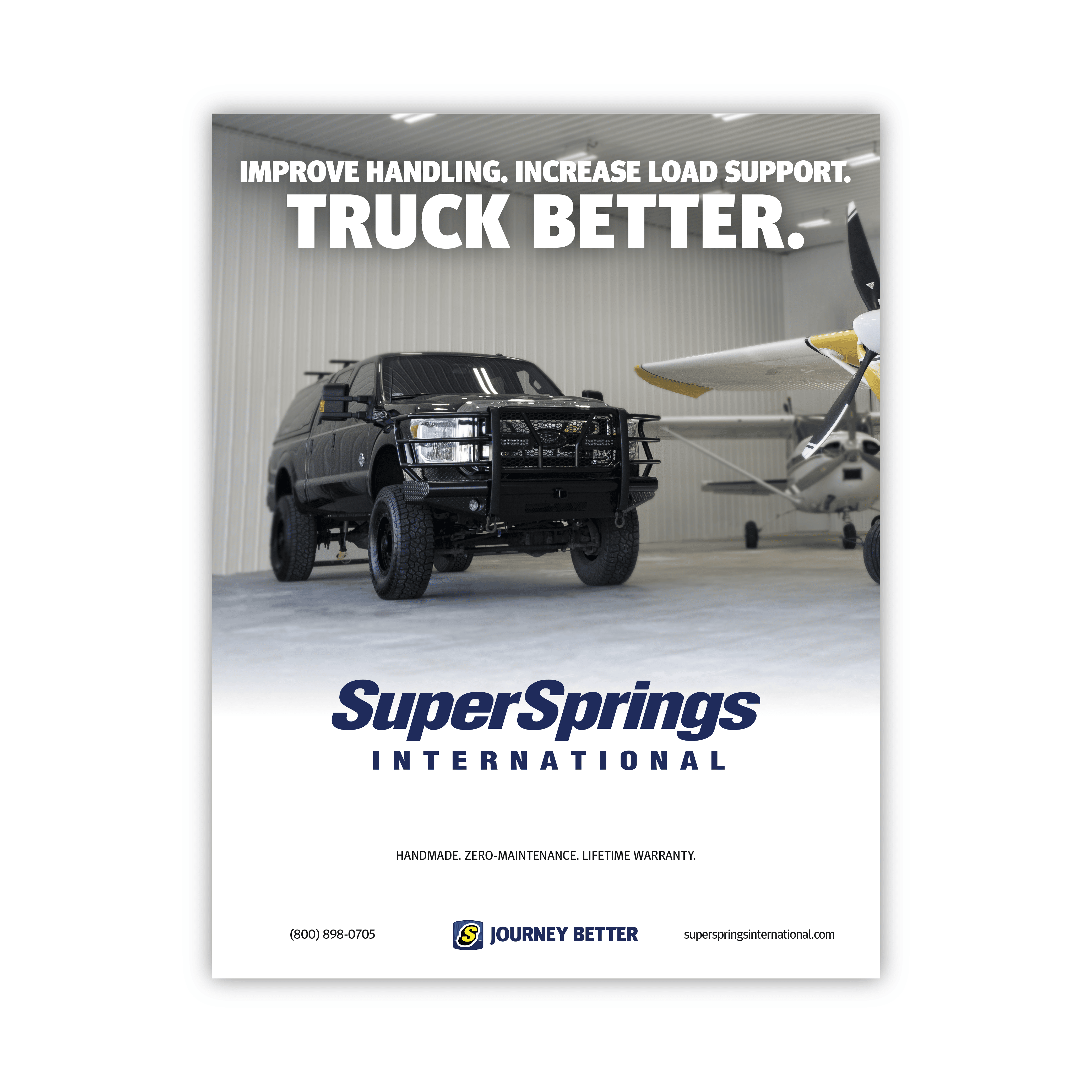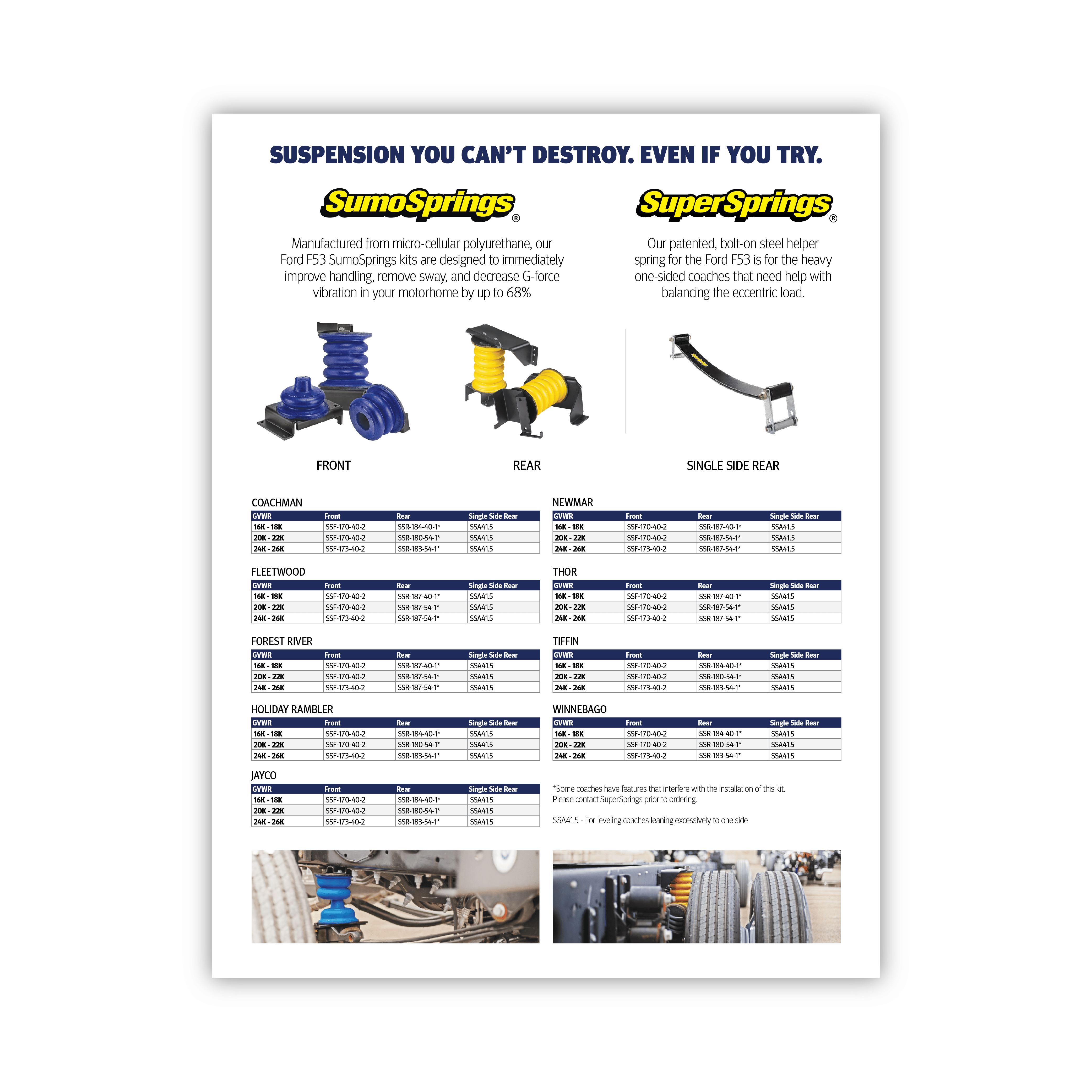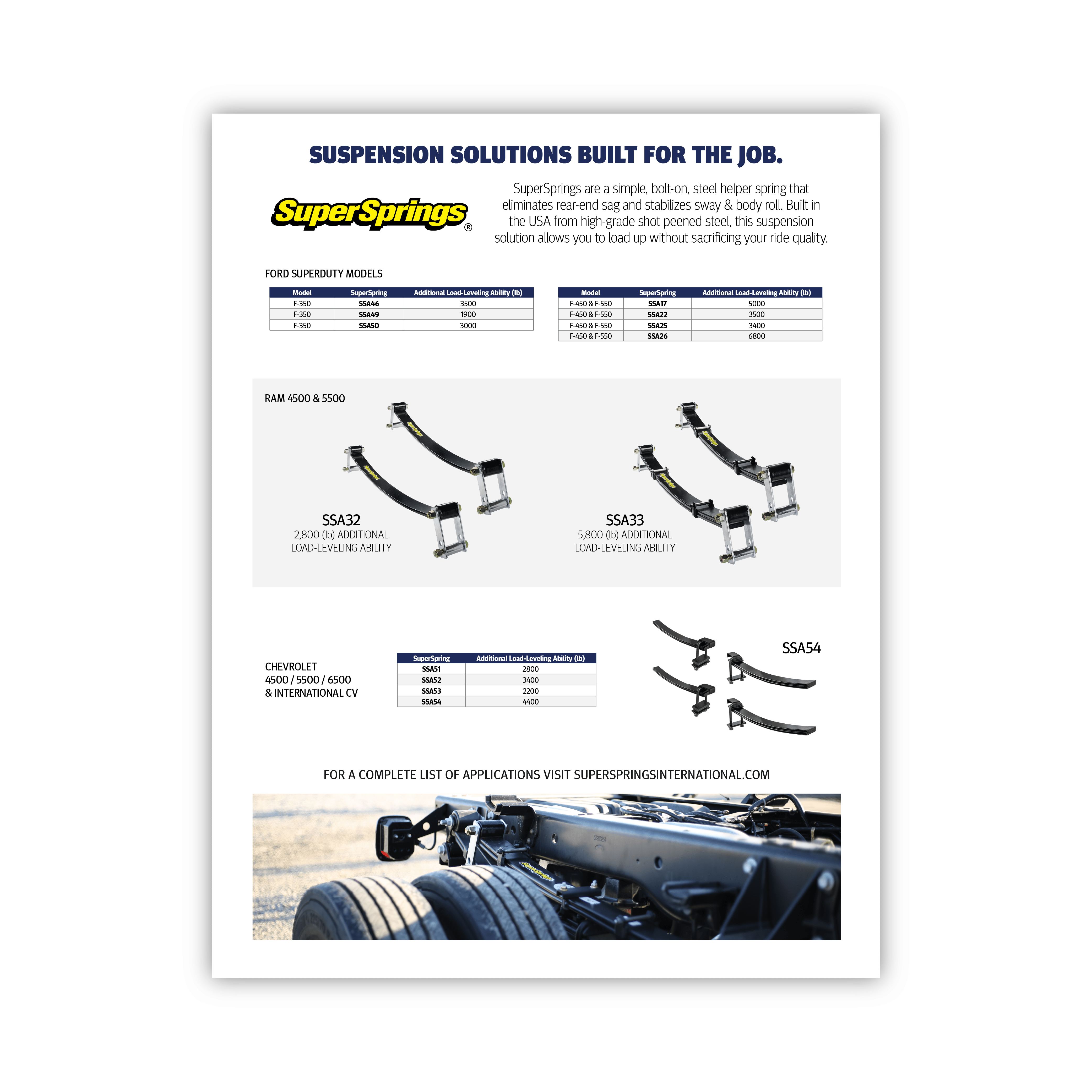The allure of the open road and untamed wilderness is irresistible to many adventurers, and overlanding offers a unique way to explore the great outdoors. But for those of us with canine companions, the journey isn’t complete without our four-legged friends by our side. As more enthusiasts choose to bring their dogs along for the ride, it’s essential to plan well to ensure safety, comfort, and enjoyment for both you and your pet. This comprehensive guide will equip you with all you need to know about going overlanding with your dog, turning every trip into a memorable adventure.
Why Bring Your Dog Overlanding?
Taking your dog overlanding can enhance the experience significantly. Dogs are not only loyal companions but they also heighten the sense of adventure with their enthusiasm and vigor. They benefit immensely from the exercise, new sceneries, and smells they encounter on the road. However, traveling with pets requires additional preparation and equipment to address their needs and ensure their safety. So why bring them with you when you overland?
Companionship and Security: Dogs are more than pets; they are family members who share in our joys and comfort us in our solitude. Overlanding with your dog strengthens your bond, as you face new experiences together. Additionally, dogs are keenly aware of their surroundings. Their senses can often detect wildlife and other threats long before humans, providing an extra layer of security at remote campsites.
Mental and Physical Health Benefits: The variety of landscapes and the physical activity inherent in overlanding can have significant health benefits for your dog. Regular exercise helps maintain your dog’s weight, improves their agility, and reduces common health risks associated with sedentary lifestyles. The mental stimulation from new environments and smells can also help prevent cognitive decline, especially in older dogs.
Preparing for the Trip
Health and Safety Checks:
- Veterinary Visit: Before embarking on any trip, ensure your dog is healthy and up-to-date on vaccinations.
- Preventative Care: Beyond vaccinations, consider preventative treatments for conditions prevalent in your travel destinations, such as Lyme disease. Ask your vet about preventive medications for ticks, fleas, and heartworms, especially if you’re traveling to areas where these pests are common.
- Fitness Level: Evaluate whether your dog’s fitness level matches the physical demands of overlanding. If your dog is not used to extensive physical activity, increase their exercise gradually in the weeks before your trip.
- ID and Microchipping: Confirm that your dog’s microchip information is up-to-date and that their collar includes an ID tag with your current contact information.
- Pet Insurance: Consider purchasing pet insurance that covers travel-related issues, including emergencies while on the road.
Training and Behavior:
- Basic Commands: Your dog should respond reliably to basic commands such as “sit,” “stay,” “come,” and “leave it.” This training can prevent dangerous situations and make the trip more enjoyable.
- Acclimation to Travel: For dogs that are nervous travelers, gradually acclimatize them to the vehicle by taking them on increasingly longer rides, incorporating positive experiences like walks or treats.
- Recall Reliability: In the unpredictability of the wild, a reliable recall can save your dog’s life. Invest time in reinforcing this command.
- Noise Desensitization: Help your dog become accustomed to various sounds they may encounter, such as wildlife noises or the sound of a campfire.
- Socialization: If your travel plans involve interacting with other people or animals, ensure your dog is well-socialized and can handle these interactions calmly.
Packing Essentials:
- Food and Water: Bring enough dog food for the entire trip, plus a little extra, and pack collapsible bowls for easy feeding and hydration.
- Hydration Solutions for the Trail: Consider a hydration pack specifically for dogs, which allows them to carry their own water supply, reducing your load and encouraging independence.
- Climate-Specific Gear: Depending on your destination, your dog might need additional gear like cooling vests for hot weather or insulated jackets and paw protectors for cold climates.
- Bedding and Shelter: Your dog will need a comfortable place to sleep, so bring a durable, washable dog bed or a special sleeping mat.
- Leash, Harness, and Tie-Outs: A sturdy leash and harness are essential for safe exploration. Also, consider a portable fence or tie-out system for when you’re at camp.
- Durable Toys and Chew Items: Keep your dog entertained during long drives with their favorite toys and safe chew items.
- Protective Gear: Depending on your destination, pack protective gear such as dog boots to protect paws from harsh terrain and a life jacket for water activities.
- Emergency Kit: Include a canine-specific emergency kit with items such as styptic powder, wound ointment, and a thermal blanket.
On the Road
Safety in the Vehicle:
- Secure Your Dog: Use a pet safety harness or a secured crate to ensure your dog’s safety in the vehicle. Loose pets can be a distraction to the driver and are at risk of injury during sudden stops.
- Regular Breaks: Stop every couple of hours to let your dog stretch, relieve themselves, and drink water. This helps prevent anxiety and restlessness.
- Controlled Temperature: Always maintain a comfortable temperature in the vehicle, using sunshades if necessary to prevent overheating.
- Ventilation: Ensure that your vehicle is well-ventilated, and never leave your dog in the car alone, especially in hot weather.
- Travel Anxiety: For dogs that struggle with travel anxiety, consult your vet about natural remedies or medications to ease their stress.
- Eco-Friendly Practices: Always clean up after your dog and use biodegradable waste bags. Respect wildlife and natural habitats by keeping your dog controlled at all times.
- Cultural Sensitivity: Be aware of local customs and regulations regarding dogs in the areas you will be visiting to avoid conflicts and fines.
At the Campsite
Choosing Dog-Friendly Destinations
Research your intended destinations to ensure they are dog-friendly. National parks in the U.S., for example, have varying regulations about pets on trails and in wilderness areas.
Setting Up a Safe Space:
- Establish a Comfortable Area: Set up a designated area at the campsite where your dog can relax and sleep. This should be away from any fire pits or cooking areas.
- Keep Your Dog on Leash: Even if your dog is well-behaved, keeping them on a leash at the campsite is crucial for their safety and the safety of other campers and wildlife.
- Environmental Considerations: Be mindful of the local wildlife and habitats. Stick to trails and camping areas that are designated as pet-friendly to minimize your ecological impact.
- Visibility: Equip your dog with an LED collar or a reflective vest to keep them visible at night, which is especially useful in densely wooded areas or on shared campsites.
- Noise Control: Be considerate of other campers. Train your dog to respond to a quiet command or consider a bark collar if necessary.
Overlanding with your dog can create unforgettable memories and deepen the bond between you and your pet. With the right preparation and equipment, you can ensure that every adventure is safe and enjoyable. Remember, the key to a successful trip is in the planning—never underestimate the importance of being well-prepared for any situation that might arise. #JourneyBetter







